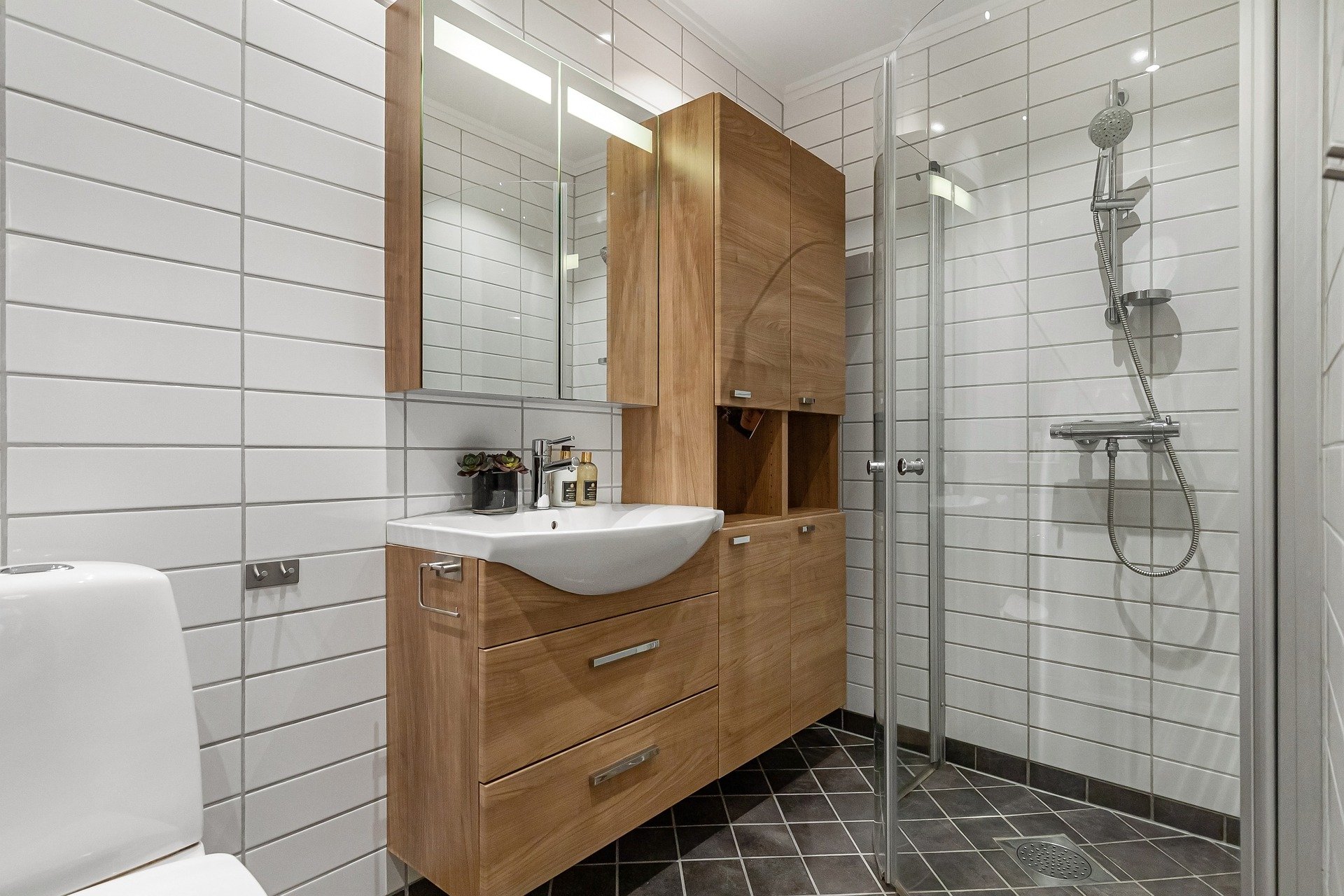Transform Your Bathroom: A Complete Guide to Remodeling
Embarking on a bathroom remodeling project can breathe new life into your home, creating a personal oasis of comfort and style. Whether you're looking to update outdated fixtures, increase functionality, or create a luxurious spa-like retreat, a well-planned bathroom renovation can significantly enhance your daily routine and boost your property's value. This comprehensive guide will walk you through the essential aspects of bathroom remodeling, from initial planning to final touches, ensuring you're well-equipped to make informed decisions throughout the process.
-
Electrical: Ensuring proper lighting and convenient outlet placement.
-
Ventilation: Installing or upgrading exhaust fans to manage moisture and odors.
-
Flooring: Selecting durable, water-resistant materials that complement the overall design.
-
Cabinetry and storage: Maximizing storage space with well-designed cabinets and shelving.
-
Countertops and surfaces: Choosing materials that balance aesthetics with practicality.
-
Fixtures and hardware: Selecting faucets, showerheads, and other hardware that enhance functionality and style.
By carefully considering each of these elements, you can create a bathroom that not only looks beautiful but also meets your specific needs and preferences.
How do I plan a bathroom renovation project?
Planning is crucial for a successful bathroom renovation. Start by assessing your current bathroom and identifying areas that need improvement. Consider your budget, timeline, and desired outcomes. Here are some steps to help you plan effectively:
-
Set a realistic budget, including a contingency for unexpected costs.
-
Determine your must-have features and prioritize them.
-
Research design inspiration and gather ideas from magazines, websites, and showrooms.
-
Measure your bathroom space accurately and create a detailed floor plan.
-
Decide whether you’ll tackle the project yourself or hire professionals.
-
If hiring professionals, obtain multiple quotes from reputable contractors.
-
Create a timeline for the project, considering any temporary bathroom arrangements you may need.
-
Choose your materials, fixtures, and finishes early to avoid delays.
By taking the time to plan thoroughly, you can minimize surprises and ensure a smoother renovation process.
What are the latest trends in bathroom design?
Staying up-to-date with current bathroom design trends can help you create a modern, stylish space that stands the test of time. Some popular trends include:
-
Spa-like atmospheres with luxurious showers and freestanding tubs
-
Natural materials such as stone, wood, and plants for a calming ambiance
-
Smart technology integration, including digital showers and voice-activated lighting
-
Bold tile patterns and statement walls to add visual interest
-
Minimalist designs with clean lines and clutter-free surfaces
-
Accessible design features for aging in place or universal use
-
Eco-friendly fixtures and materials to reduce water consumption and environmental impact
While incorporating trends can add a contemporary touch to your bathroom, it’s essential to balance them with timeless elements that will maintain their appeal for years to come.
How can I create a spa-like atmosphere in my bathroom?
Transforming your bathroom into a spa-like retreat can provide a daily dose of relaxation and luxury. Here are some ways to achieve a spa-inspired ambiance:
-
Install a rainfall showerhead or a multi-jet shower system for a luxurious bathing experience.
-
Incorporate natural materials like stone, wood, and bamboo to create a serene environment.
-
Choose a soothing color palette with soft neutrals and calming blues or greens.
-
Add a freestanding soaking tub as a focal point and relaxation centerpiece.
-
Install dimmable lighting or use candles to create a soft, ambient glow.
-
Incorporate plush, high-quality towels and bath mats for added comfort.
-
Use aromatherapy with essential oil diffusers or scented candles to engage the senses.
-
Include plants or a living wall to bring nature indoors and improve air quality.
By focusing on these elements, you can create a tranquil space that promotes relaxation and rejuvenation in your own home.
What should I consider when choosing a new shower for my remodel?
Selecting the right shower for your bathroom remodel is crucial for both functionality and aesthetics. Consider the following factors when making your decision:
-
Space constraints: Determine whether a walk-in shower, shower/tub combo, or separate shower and tub will fit best in your bathroom layout.
-
User needs: Consider accessibility features for family members with mobility issues or if you plan to age in place.
-
Water pressure: Ensure your home’s water pressure can support your desired shower system.
-
Shower head options: Choose from fixed, handheld, rainfall, or multi-function shower heads based on your preferences.
-
Enclosure type: Decide between framed, frameless, or partially framed glass enclosures, or consider a walk-in design.
-
Tile and surfacing: Select materials that are both visually appealing and practical for maintenance.
-
Storage: Incorporate built-in niches or shelving for toiletries and accessories.
-
Additional features: Consider adding steam functionality, body jets, or a built-in bench for enhanced comfort and luxury.
By carefully weighing these factors, you can choose a shower that not only complements your bathroom’s design but also meets your daily needs and preferences.
In conclusion, a well-executed bathroom remodel can significantly enhance your home’s functionality, comfort, and value. By carefully considering each aspect of the renovation process, from initial planning to final design choices, you can create a beautiful and practical space that serves you well for years to come. Whether you’re aiming for a spa-like retreat or a more functional family bathroom, the key is to balance your personal style with practical considerations to achieve the best possible result.







